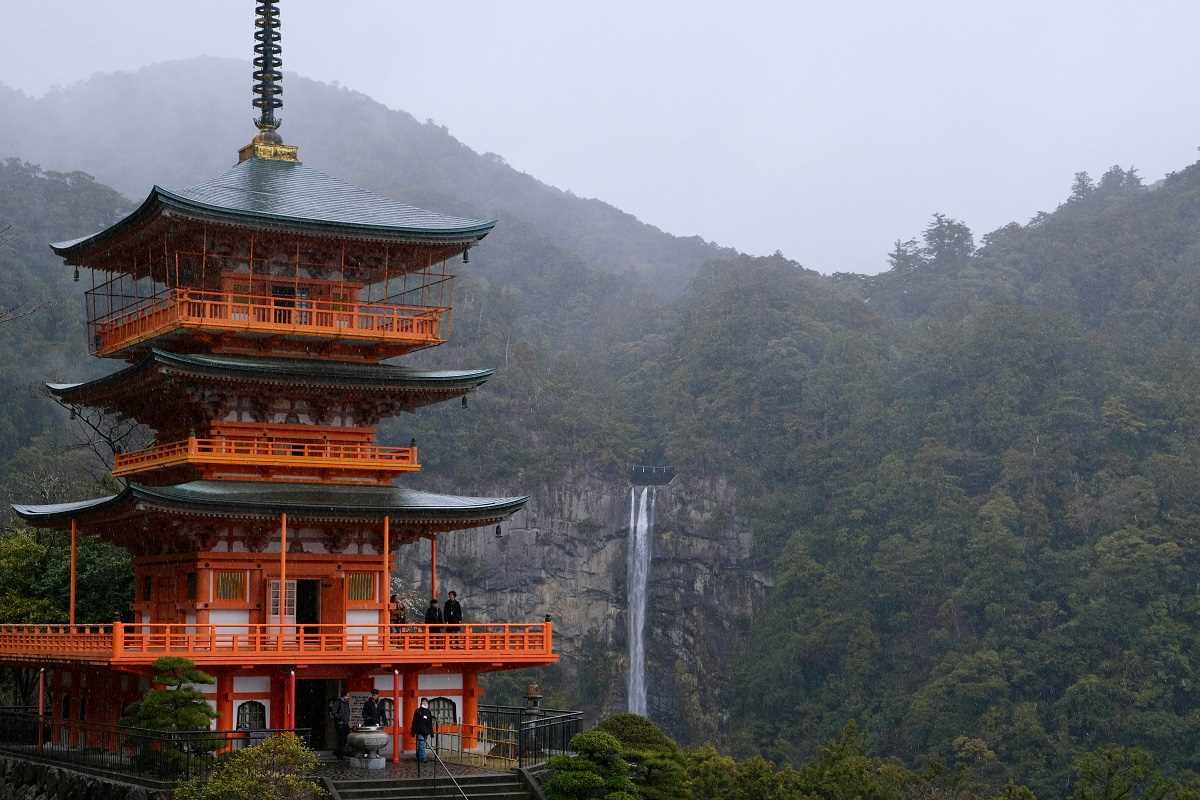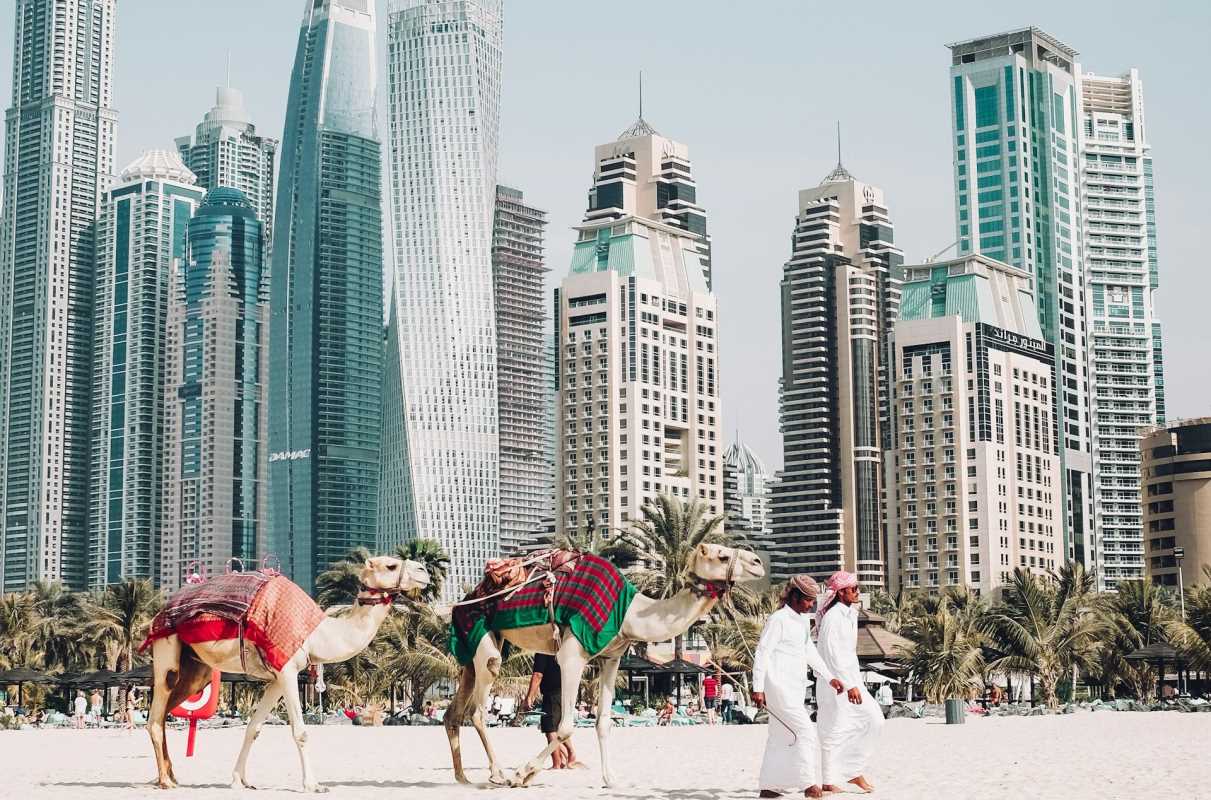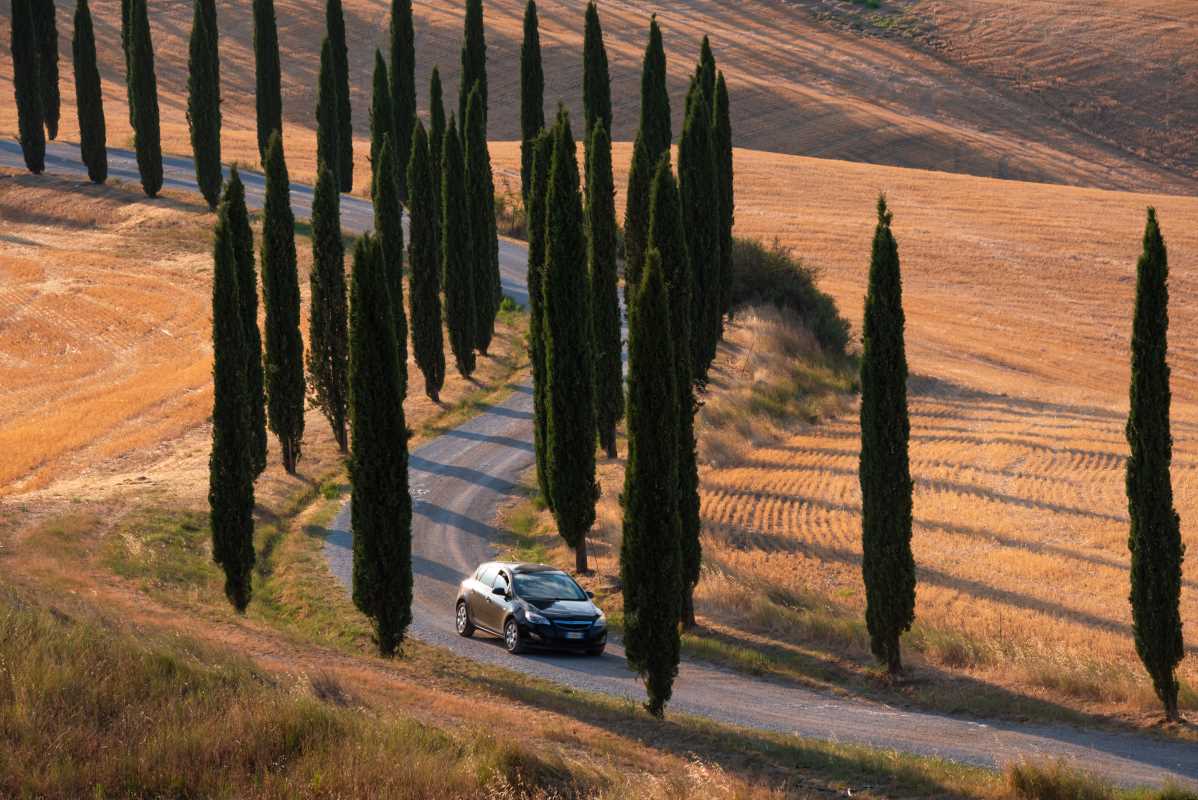For centuries, spiritual pilgrimages have attracted those seeking deeper meaning, personal transformation, or a closer connection to the divine. Today, the modern traveler often steps onto these historic paths not solely for religious purposes but for the sense of mindfulness, self-discovery, and cultural connection they provide. Whether you travel to honor tradition or seek new perspectives, these pilgrimage routes promise profound experiences for the body, mind, and spirit.
The Camino de Santiago, Spain
Few pilgrimage routes are as iconic as the Camino de Santiago, also known as the Way of St. James. Stretching across Spain and parts of Europe, the Camino culminates at the Cathedral of Santiago de Compostela in Galicia, believed to house the remains of St. James, one of Christ’s apostles.
Spiritual Significance
The origins of the Camino date back to the 9th century when it grew in significance as a spiritual act of penance and devotion. Today, while many still walk the path for religious reasons, the Camino has also become a symbol of introspection and clarity in the chaos of modern life. Pilgrims from diverse cultures and beliefs walk side by side, finding shared purpose on the same path.
Experiences Along the Way
The Camino offers different routes, but the most popular is the Camino Francés, beginning in the French town of Saint-Jean-Pied-de-Port and spanning roughly 800 kilometers. Along the way, travelers encounter breathtaking landscapes, from rolling hills to sleepy villages, and historic sites, including Romanesque churches and medieval bridges.
One unique feature is the sense of community. Pilgrims often share meals, stories, and encouragement in albergues (pilgrim hostels) and create lifelong connections with those they meet on the trail. The pilgrim passport, or credencial, provides a tangible record of the route, stamped at various stops and serving as a memento of the incredible journey.
Practical Tips
- Best Time to Go: Late spring (May-June) and early autumn (September-October) offer milder weather and fewer crowds.
- Preparations: Invest in high-quality walking shoes and train for long distances. Many people walk 20-30 kilometers per day, so building stamina is key.
- Cultural Etiquette: Respect the traditions of local towns, particularly during religious festivals or at sacred monuments. Greet fellow walkers with a friendly “Buen Camino!”
The Kumano Kodo, Japan
The Kumano Kodo pilgrimage in Japan is an ancient network of trails through the mountains of the Kii Peninsula, located south of Osaka. This UNESCO World Heritage site rivals its Western counterparts in significance and offers a deeply meditative pilgrimage amidst Japan’s stunning natural beauty.
Spiritual Significance
The Kumano Kodo’s origins are rooted in Shintoism and Japanese Buddhism. For more than 1,000 years, pilgrims, including emperors, monks, and samurai, have traversed these trails to worship at the “Kumano Sanzan”—three grand shrines known as Kumano Hongu Taisha, Kumano Hayatama Taisha, and Kumano Nachi Taisha. The path symbolizes a spiritual return to nature, emphasizing harmony with the environment and purification of the soul.
Experiences Along the Way
The pilgrimage weaves through lush cedar forests, rivers, and steep mountain passes, providing a serene atmosphere for self-reflection. Pilgrims perform rituals at sacred spots along the way, such as purifying themselves in rivers or offering prayers at stone markers. The Nachi Waterfall, the tallest in Japan, is a highlight and a symbol of divine energy.
The spiritual aspect of the Kumano Kodo is accompanied by traditional Japanese hospitality. Many travelers stay in rustic inns called ryokan or minshuku, where they can enjoy hot-spring baths (onsen) and traditional meals after a long day of walking.
Practical Tips
- Best Time to Go: Spring (March-May) and autumn (September-November) offer comfortable temperatures and brilliant scenery, such as cherry blossoms in spring or autumn leaves.
- Preparations: Choose a trail that matches your fitness level. The Nakahechi route is popular for beginners, while the Kohechi path is more challenging. Hiking boots, a raincoat, and trekking poles are highly recommended.
- Cultural Etiquette: Bow at shrines and purify yourself with water before praying. Respect the peaceful atmosphere of the trail and avoid loud conversations.
The Via Francigena, Italy
The Via Francigena is an ancient route that stretches from Canterbury, England, to Rome, Italy. Though pilgrims take various sections, the Italian stretch of this route, which crosses picturesque countryside, medieval towns, and vineyards, is most beloved.
Spiritual Significance
Dating back to the medieval period, the Via Francigena was a key route for Christians traveling to the eternal city of Rome to visit the tombs of apostles Peter and Paul. Today, it retains its significance as a path of spiritual awakening, attracting both devout pilgrimage-seekers and curious modern travelers.
Experiences Along the Way
Travelers often choose sections of the route, such as the Tuscan stretch, which passes through the enchanting cities of Siena, Lucca, and San Gimignano. Walking the Via Francigena allows pilgrims to explore Italy’s blend of spiritual and cultural heritage, from the rolling vineyards of Chianti to the awe-inspiring St. Peter’s Basilica in Rome.
The pilgrimage also offers opportunities to connect with fellow travelers at monasteries or enjoy quiet, reflective moments in the soft light of countryside chapels. The culmination of the Via Francigena at St. Peter’s Square is a moment filled with emotion and a testament to the physical and spiritual endurance needed to complete the path.
Practical Tips
- Best Time to Go: Spring (April-June) and autumn (September-October) offer temperate weather and colorful landscapes. Summers can be scorching.
- Preparations: Comfortable walking shoes, sunscreen, and a reusable water bottle are essential for long stretches under the Italian sun.
- Cultural Etiquette: When staying in monasteries, respect quiet hours and dress modestly. Take time to appreciate the art and architecture of every town—it’s part of the spiritual experience.
The Impact of Pilgrimages on the Modern Traveler
Modern travelers undertaking spiritual pilgrimages often find that the true reward is not the destination but the transformation that occurs along the way. Walking long distances amidst breathtaking landscapes provides a chance to disconnect from the demands of daily life and rediscover the rhythm of nature. The sense of accomplishment upon reaching the endpoint is often accompanied by newfound clarity, gratitude, and inner peace.
Furthermore, pilgrimages foster connections—not just with other travelers but also with the sacred energy of ancient traditions. They create a bridge between the past and the present, allowing travelers to experience history not as a distant concept but as a lived reality.
For many, these journeys become lifelong memories and turning points. Whether you're seeking spiritual insight, physical challenge, or cultural immersion, pilgrimage routes like the Camino de Santiago, Kumano Kodo, and Via Francigena invite you to step outside your comfort zone and into a world of growth, reflection, and discovery. All it takes is a few steps to begin your personal exploration of the path—and perhaps, of yourself.







